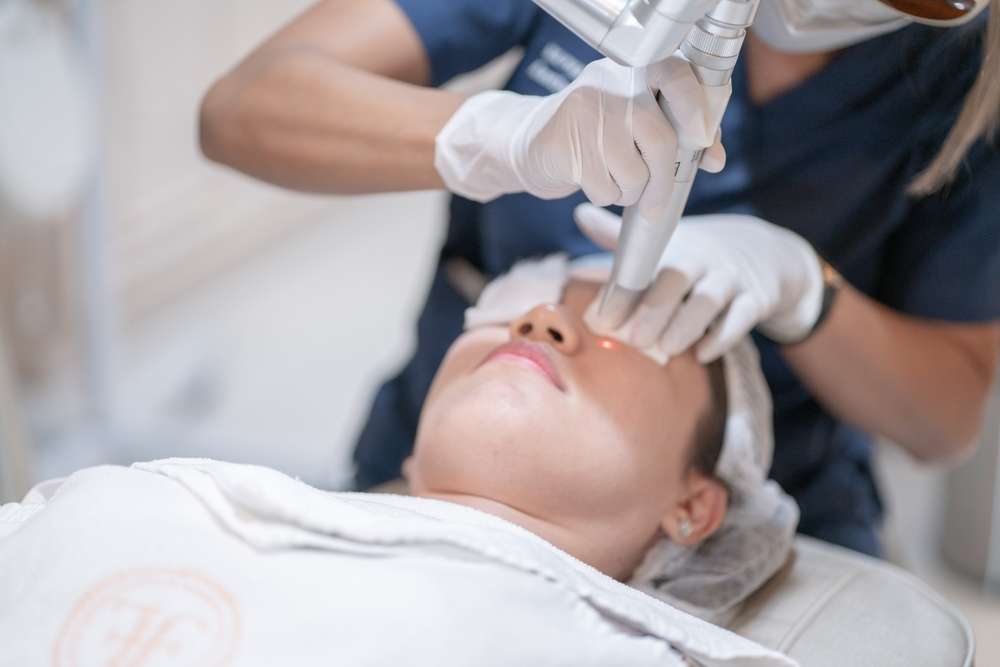Laser Skin Therapies and How Clinics in the US Are Using Them
Laser skin treatments are widely used in the US to address common skin concerns such as pigmentation, scarring, and signs of aging. Understanding how these treatments work and what clinics typically offer can help individuals make informed decisions about their skincare.

How Do Laser Skin Treatments Actually Work?
Laser treatments operate on the principle of selective photothermolysis, where specific wavelengths of light target particular skin structures without damaging surrounding tissue. The laser energy converts to heat, which can stimulate collagen production, remove damaged skin cells, or destroy unwanted pigmentation. Different laser types penetrate to various skin depths, allowing practitioners to address specific concerns effectively.
What Types of Laser Treatments Are Available Today?
US clinics typically offer several categories of laser treatments:
-
Ablative lasers (CO2 and Erbium YAG) - remove outer skin layers
-
Non-ablative lasers - heat deeper skin layers while preserving surface
-
Fractional lasers - treat small sections of skin at a time
-
IPL (Intense Pulsed Light) - technically not a laser but often grouped with laser treatments
-
Pico lasers - deliver ultra-short pulses for minimal heat damage
Which Skin Conditions Can Laser Therapy Address?
Laser treatments can effectively target numerous skin concerns:
-
Fine lines and wrinkles
-
Sun damage and age spots
-
Acne scars and surgical scars
-
Uneven skin tone and texture
-
Enlarged pores
-
Unwanted hair
-
Vascular lesions
-
Tattoo removal
What Happens During a Typical Laser Treatment Session?
A standard laser treatment session involves:
-
Skin cleansing and preparation
-
Eye protection application
-
Application of topical anesthetic (if needed)
-
Laser device calibration for specific skin type
-
Treatment delivery (15-60 minutes typically)
-
Post-treatment care instructions
-
Scheduling follow-up sessions if needed
What Makes Laser Treatments in US Clinics Unique?
US clinics maintain strict FDA compliance and safety standards for laser treatments. Practitioners must complete specific training and certification requirements. Additionally, US facilities often combine multiple laser technologies to create customized treatment plans. The emphasis on patient education and detailed consent processes is particularly strong in American practices.
What Are the Costs and Provider Options for Laser Treatments?
| Treatment Type | Average Cost Range | Typical Session Need |
|---|---|---|
| Ablative Laser | $1,500 - $3,000 | 1-2 sessions |
| Non-ablative | $800 - $1,500 | 3-5 sessions |
| Fractional Laser | $900 - $2,000 | 3-5 sessions |
| IPL | $400 - $600 | 4-6 sessions |
| Pico Laser | $500 - $1,000 | 2-4 sessions |
Prices, rates, or cost estimates mentioned in this article are based on the latest available information but may change over time. Independent research is advised before making financial decisions.
Laser skin treatments continue to evolve with technological advancements, offering increasingly precise and effective solutions for various skin concerns. While these treatments require careful consideration of costs, benefits, and recovery time, they remain a valuable option for those seeking professional skin improvement solutions.
This article is for informational purposes only and should not be considered medical advice. Please consult a qualified healthcare professional for personalized guidance and treatment.




